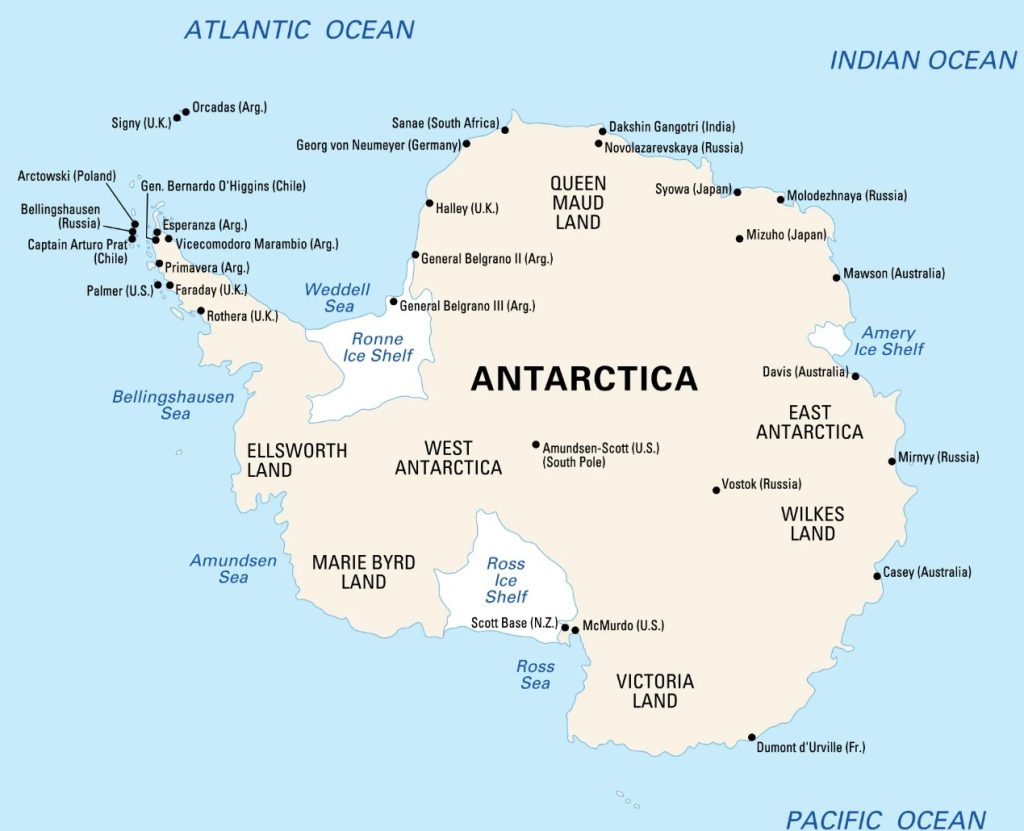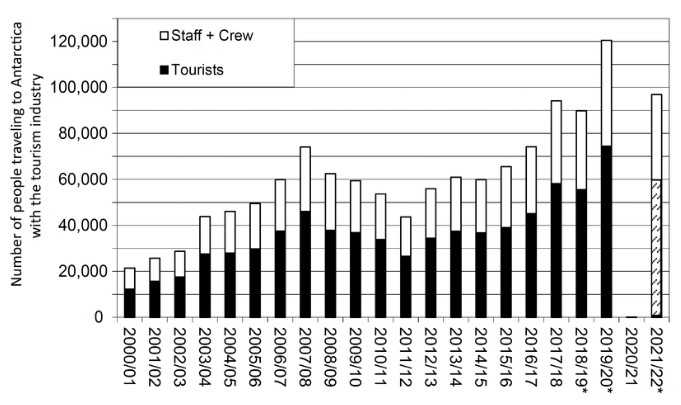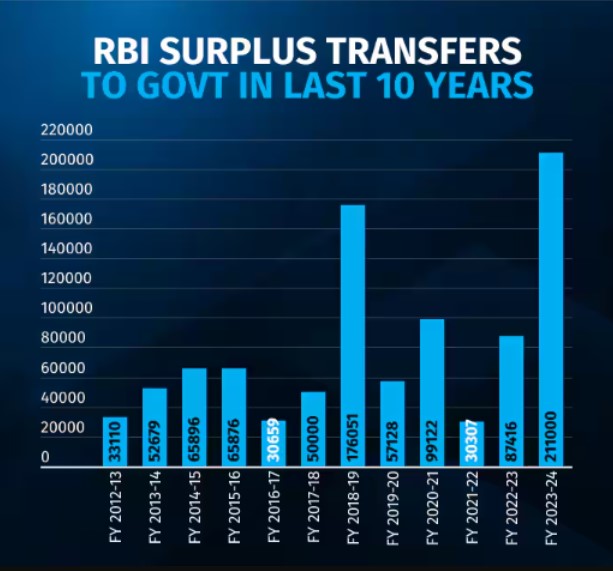CONTENTS
- Unregulated Tourism in Antarctica
- RBI’s Transfer of Surplus for 2023-24
Unregulated Tourism in Antarctica
Context:
Delegates from over 60 nations have gathered in Kochi, Kerala for the 46th Antarctic Treaty Consultative Meeting (ATCM), which is expected to last until the end of the month. This annual event primarily involves the ‘Consultative Parties’—the 29 countries with voting rights on matters concerning the continent’s management. Other participants include countries with non-voting ‘observer’ status, independent experts, and invited officials.
Relevance:
- GS1- Geographical Features and their Location
- GS2- International Treaties & Agreements
- GS3- Achievements of Indians in Science & Technology
Mains Question:
With reference to the Antarctic Parliament’s recent meeting in Kochi, Kerala, examine the spike seen in tourism in Antarctica. What concerns does this raise and how must the global community address them? (15 Marks, 250 Words).

The Antarctic Treaty Consultative Meeting:
- The National Centre for Polar and Ocean Research in Goa, under the Ministry of Earth Sciences (MoES), has organized this event, which will be attended by representatives from the 56 member countries of the Antarctic Treaty.
- The ATCM is the main forum for discussing and coordinating activities related to the Antarctic Treaty System. It was established by the Antarctic Treaty, signed in 1959 and enacted in 1961. This annual meeting involves the parties to the Antarctic Treaty, known as Consultative Parties.
- The ATCM adopts legally binding agreements called Antarctic Treaty Measures (ATMs) and non-binding recommendations on various issues. Decisions are made by consensus among the Consultative Parties.
- The ATCM also established the Committee for Environmental Protection (CEP) to provide advice and recommendations on environmental matters. India last hosted the ATCM in New Delhi in 2007.
About the Antarctic Treaty:
Signing and Entry into Force:
- Signed on December 1, 1959, in Washington, D.C.
- Entered into force on June 23, 1961.
- The 12 initial signatories were Argentina, Australia, Belgium, Chile, France, Japan, New Zealand, Norway, South Africa, the USSR, the UK, and the US.
Objective:
To ensure Antarctica is used exclusively for peaceful purposes and remains free from international conflict.
Key Provisions:
- Article I: Antarctica shall be used solely for peaceful purposes.
- Article II: Promotes freedom of scientific investigation and cooperation in Antarctica.
- Article III: Scientific observations and results from Antarctica shall be exchanged and made freely available.
Territorial Claims:
- Prohibits new territorial claims.
- Preserves existing territorial sovereignty claims.
Disarmament:
- Prohibits nuclear weapons testing.
- Prohibits the disposal of radioactive waste.
Consultative Meetings:
- The Antarctic Treaty Secretariat (ATS), established in 2004, serves as the administrative center for the Antarctic Treaty System.
- Annual Antarctic Treaty Consultative Meetings (ATCM) where member states discuss treaty implementation and cooperation.
Environmental Protection:
- Promotes the protection of the Antarctic environment.
- Prohibits activities that cause pollution or environmental damage.
Mineral Resource Exploitation:
- Bans mining activities until at least 2048.
- Requires consensus for any review or modification.
Membership:
- As of 2024, there are 54 parties to the treaty.
- 29 Consultative Parties actively participate in decision-making.
- 25 Non-Consultative Parties.
- India ratified the treaty in 1983.
Madrid Protocol:
- Adopted in 1991.
- Entered into force in 1998.
- Strengthens environmental protection measures in Antarctica.
Tourism in Antarctica:
- A notable item on this year’s ATCM agenda is tourism. A coalition of ‘like-minded’ countries, including India, has proposed the establishment of a regulatory framework for tourism in Antarctica.
- Unlike other continents, Antarctica does not have an indigenous population. With millions of hectares of untouched ice and its geographical isolation, Antarctica is not a typical tourist destination or a regular stop for elite private jet setters, which adds to its allure.
- In an era where every accessible piece of land is subject to fleeting visual consumption, Antarctica stands out as the only continent that remains truly wild, with its secrets hidden beneath kilometers-thick ice sheets.
- The industry of creating, capturing, and marketing ‘exotic’ experiences promises significant returns, making Antarctica the new ‘wild south’ sought after by affluent travelers.
- A recent study by universities in Tasmania, the U.K., and Australia noted that tourist numbers increased from 8,000 in 1993 to 105,000 in 2022.

- This figure excludes all scientific expeditions and the permanent presence of scientific personnel at various research stations operated by different countries.
- Recent reports indicate that the number of tourists now surpasses the number of scientists in Antarctica.
Associated Concerns:
- Concerns about the increase in tourists have been voiced since 1966 at the consultative meetings, highlighting worries that more ships and visitors lead to more man-made pollutants and a higher risk of accidents, which threaten the region’s unique biodiversity.
- The desire to preserve the continent’s pristine condition—an area roughly the size of the United States and Mexico combined—reveals a deeper anxiety among nations.
- Despite the treaty’s commitment to forbidding territorial claims, there is concern that unforeseen future circumstances might alter these terms.
- There is also apprehension that a greater presence of people from one country could sway the terms in their favor.
Conclusion:
Although the number of Indian tourists heading to Antarctica is currently minimal, this could change due to increasing wealth disparity. As a supporter of the proposal, India must be cautious of any agreements that might limit its future tourism opportunities.
RBI’s Transfer of Surplus for 2023-24
Context:
The Reserve Bank of India’s (RBI) board has decided to transfer a record surplus of nearly ₹2.11 lakh crore to the Union Government for the fiscal year 2023-24. This significant transfer will be a major boost for the new government when it presents its Budget in July.
Relevance:
GS3-
- Banking Sector and NBFCs
- Growth & Development
Mains Question:
With reference to the recent transfer of surplus by the RBI to the government, discuss the factors that govern the allocation of dividends. Also analyse the significance that this amount can hold for the new government. (15 Marks, 250 Words).
Determination of the Allocation of Dividends:
- The surplus calculation follows the Economic Capital Framework (ECF) recommended by the Bimal Jalan committee, which advises the RBI to maintain a Contingent Risk Buffer (CRB) between 5.5% and 6.5% of its balance sheet.
- This risk provisioning is primarily made from retained earnings, after which the surplus income is transferred to the government as dividends.
- The range includes provisions for monetary and financial stability risks as well as credit and operational risks.
- The RBI transfers its surplus, which is the excess of income over expenditure, to the government according to Section 47 of the Reserve Bank of India Act, 1934.
- This amount is more than double the previous year’s payout of ₹87,416 crore and far exceeds the ₹1.02 lakh crore dividend-cum-surplus receipts from the banking and financial system and RBI that were included in the interim Union Budget for 2024-25.

Significance of the Transfer:
- This substantial transfer will provide the next Finance Minister with considerable flexibility in budget planning and fiscal management.
- The increase in the transferable surplus reflects the RBI’s prudent asset management strategy amidst global economic uncertainty and widespread policy tightening by central banks aiming to restore price stability.
- While the specifics of the RBI’s 2023-24 balance sheet will be revealed soon, it is evident that substantial gains from higher interest income on its overseas securities holdings and profits from its foreign exchange market interventions to stabilize the rupee have contributed to this surplus.
- As of March 29, the RBI’s weekly statistical supplement reported that total foreign exchange reserves had risen by $67.1 billion over 12 months, reaching $645.58 billion.
- The RBI’s prudence extends to its crucial provisioning under the Contingent Risk Buffer (CRB), where it has increased the funds set aside for unforeseen contingencies and economic risks.
- By raising the provisioning level by 50 basis points to 6.5% of its balance sheet size for 2023-24, the central bank demonstrates its increased confidence in the health of the domestic economy while also strengthening its buffer against sudden threats from unexpected global financial developments.
- For the new government that will take office after the general election results on June 4, the substantial surplus transfer from the RBI provides an opportunity to boost capital spending, especially at a time when private consumption expenditure is still seeking sustained growth.
Conclusion:
This additional windfall can help bridge the fiscal gap, thereby strengthening the government’s finances and reassuring investors of its commitment to fiscal consolidation. The RBI has quietly laid the groundwork for the next government to begin with confidence in the economy’s resilience.




